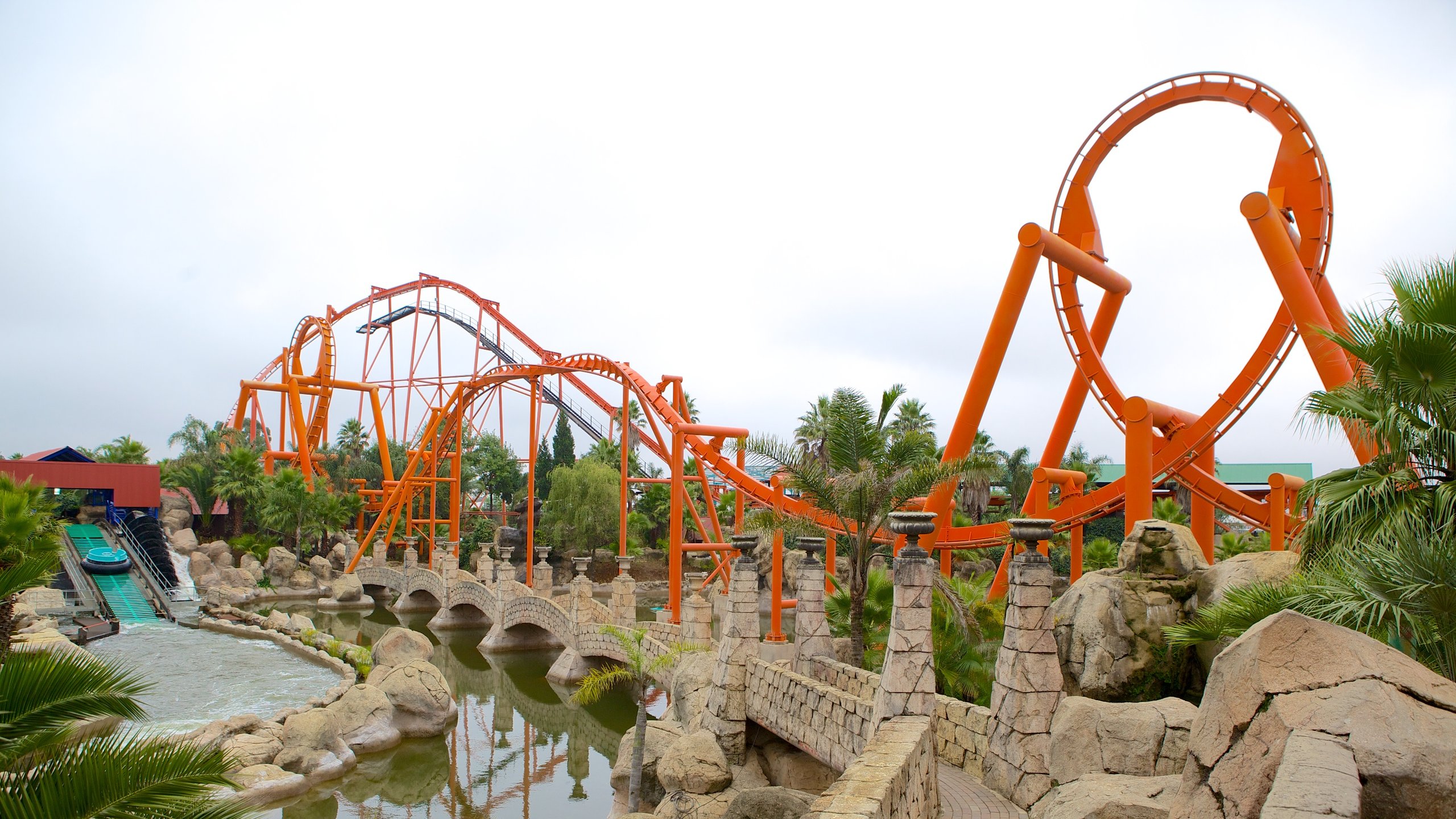The 7-Second Trick For Johannesburg North Attractions
The 7-Second Trick For Johannesburg North Attractions
Blog Article
Unknown Facts About Johannesburg North Attractions
Table of ContentsThe 2-Minute Rule for Johannesburg North AttractionsThe Ultimate Guide To Johannesburg North AttractionsJohannesburg North Attractions Can Be Fun For EveryoneIndicators on Johannesburg North Attractions You Need To KnowNot known Details About Johannesburg North Attractions Indicators on Johannesburg North Attractions You Need To KnowThe Facts About Johannesburg North Attractions Uncovered
You should maintain protection in mind and tourists should stay alert at all times when in strange environments. Speak to the locals when you remain in town to discover the location you are remaining in. Johannesburg North attractions. When on the road (this doesn't use to shopping center and various other protected environments) best basic guidance is to attempt your ideal to resemble a regional and to avoid showing any kind of wide range
Johannesburg North Attractions - Truths
Professor Revil Mason O. J. (Thomson, 1946) checked out the Witwatersrand's pre-colonial history. His historical work blew up the 'em pty land' myth, according to which the area was without human habitation before the arrival of European settlers. In his magazines Prehistory of the Transvaal: A Document of Human Task (1962) and Origins of Black Individuals of Johannesburg and the Southern Western Central Transvaal AD 3501880 (1986 ), Teacher Mason showed the extent of social and economic development in the area prior to Europeans set foot here.

Johannesburg North Attractions for Beginners
In 1878, David Wardrop discovered gold in quartz veins at Zwartkop, north of Krugersdorp. In 1881, Stephanus Minnaar came across gold on the farm Kromdraai, near the Cradle of Mankind.
In March 1886, an outcropping (quickly to be called the Key Coral reef) was found, rather fortunately, on Gerhardus Oosthuizen's ranch Langlaagte. Some state that the Lancastrian coal miner George Pedestrian found this reef. Another itinerant English prospector, George Harrison (who had actually formerly operated in Australian mines) acquired a prospecting licence in respect of Langlaagte in Might 1886.
He made a decision to carry on in a pursuit for greener fields, and disposed of his Langlaagte case for the princely sum of 10. Alas: underneath lay the richest goldfield ever before located. The discovery of this rich auriferous reef provoked a gold thrill that signalled completion of agrarian serenity in the southerly Transvaal.
It would certainly, within six years, come to be the biggest town in southern Africa. Within a decade, it would certainly make the Z. A. R. till then an anarchical and bankrupt little state the most affluent nation in Africa. By the millenium, the Z. A. R. was to exceed Russia, Australia and the USA of America to come to be the globe's leading gold manufacturer, producing greater than a quarter of the world's gold.
The 8-Minute Rule for Johannesburg North Attractions
It was called Ferreira's Camp, called after Colonel Ignatius Ferreira. He was a Boer adventurer upon whom the British authorities had presented the condition of Companion of the A Lot Of Identified Order of St Michael and St George (entitling him to the post-nominal letters C. M. G.) in gratefulness for his function in the war that had deposed the Pedi king Sekhukhune in 1879.
Quickly the camp was bursting with camping tents and wagons as beginners got here daily Continued from much and wide. By September 1886, some 400 people lived in Ferreira's Camp, which quickly boasted upraised iron and hardwood buildings. Two other camps were developed: Meyer's Camp on the farm Doornfontein, and Paarl Camp. The latter was nicknamed Afrikander Camp; many people from the Cape Colony cleared up there.

Excitement About Johannesburg North Attractions
This name obtained currency by word of mouth, such that the State Assistant affirmed the name to the Mining Commissioner on 9 October 1886. Stands in the village were auctioned on 8 December 1886. While some stands were cost 10, others were torn down for as low as sixpence.
Two years later, these erven were to alter hands for as much as 750 each. The tented camps diminished as a dorp of corrugated iron buildings created and broadened north of the mines located along the Key Reef Roadway. Areas such as Jeppe's Town (where working-class immigrants erected their houses) and Doornfontein (where the upscale new 'Randlords' began to build their opulent houses) were quickly included in the ever-expanding map of the community.
All about Johannesburg North Attractions
Aside from the road names, there were no indicators of Johannesburg being situated in a Dutch-speaking nation. this content Several years later, C. W. Kearns O. J. (among the very first children enrolled at St John's College in 1898) would certainly remember: 'A weird fact regarding Johannesburg was that, although it was in the [Boer Republic], nearly everybody spoke English and even the Government servants attended to one in English, unless they were initial addressed in the Taal (or Low Dutch)'.
Britain had an interest in guaranteeing optimal conditions for gold production on the Witwatersrand, and that the gold was exported to London rather read than Berlin a vital made all the much more clamant by the Z. A. R.'s enhancing toenadering with Germany. Mine owners got on a clash with Head of state Kruger, whose policy of monopolistic giving ins (usually given to his cronies) stopped mining companies from procuring materials of materials (specifically dynamite) and work on their very own, more affordable terms
Things about Johannesburg North Attractions
In 1890, the Volksraad had restricted the franchise to white guys that had stayed in the Z. A. R. for fourteen years or longer, therefore disqualifying the majority of the immigrants (that occurred to be the significant contributors to the fiscus). Agitation for the vote was a plain pretext for advertising a different schedule; most uitlanders regarded themselves as temporary visitors and had no intent of continuing to be in the Z.
Report this page